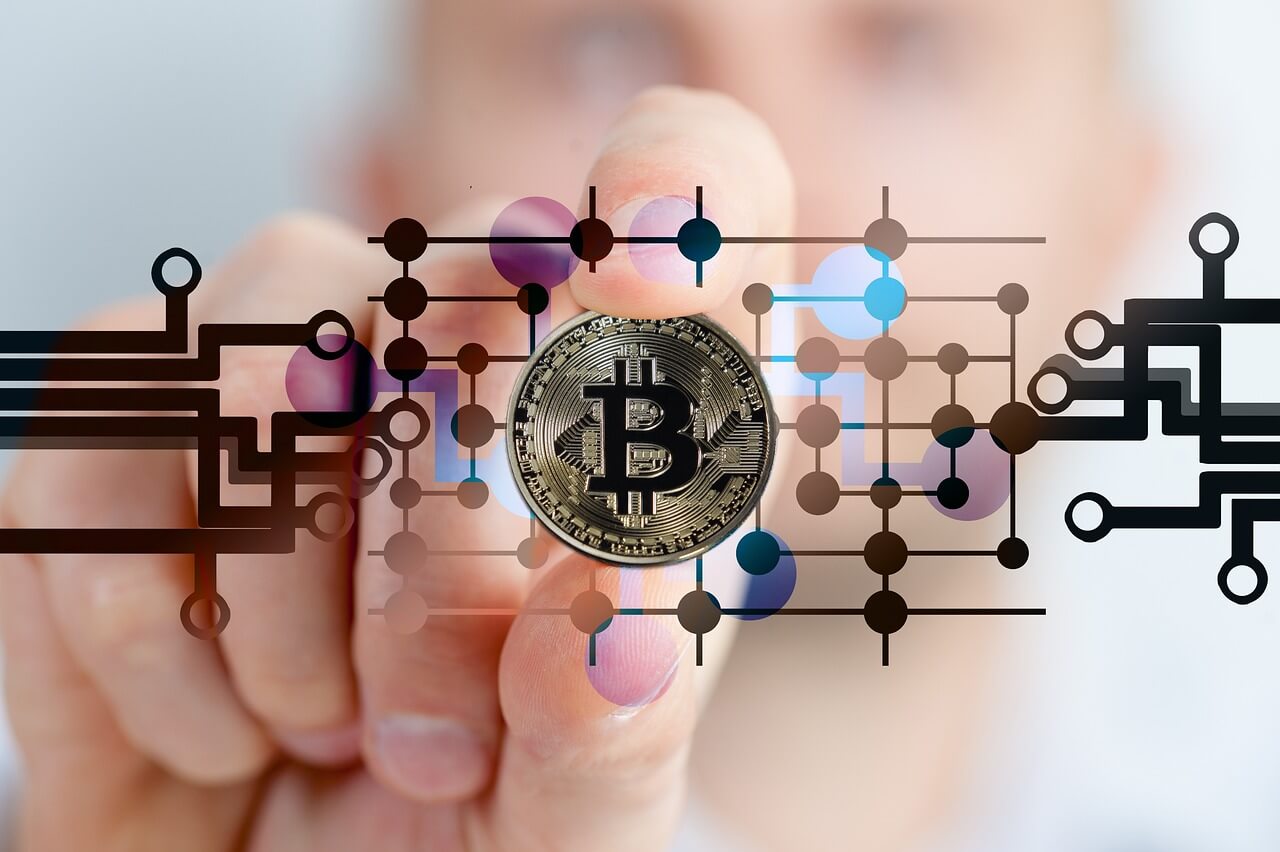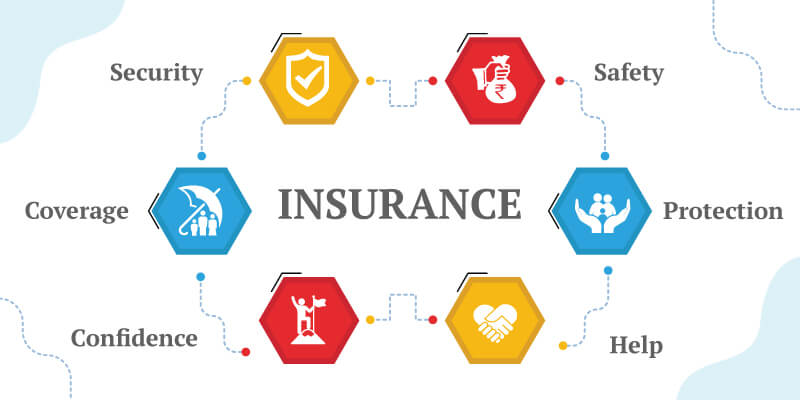Content Attributes
Cryptocurrency offers exciting opportunities for investors, but it also comes with its fair share of risks. With cyber threats on the rise, protecting your digital assets is crucial. In this article, we’ll explore the best ways to keep your crypto safe.
Whether you’re new to the game or a seasoned trader, understanding these security measures is vital. We’ll cover everything from setting up a secure account to choosing reliable exchange services and implementing two-factor authentication (2FA). By following these practices, you can better protect your investments from cybercriminals.
Best Security Practices

Setting up a Secure Account
When creating your crypto account, start by selecting a reputable exchange or platform known for its strong security measures. Once you’ve chosen your platform, create a unique and complex password that includes a mix of uppercase and lowercase letters, numbers, and special characters. Avoid using easily guessable information such as your name, birthdate, or common phrases. Consider using a password manager to store and manage your passwords securely. Additionally, enable any available account security features such as two-factor authentication (2FA), email verification, or account recovery options. Regularly review and update your security settings to stay ahead of potential threats.
Secure Storage Practices for Private Keys
Your private keys are the digital equivalent of your crypto assets’ access codes. It’s crucial to safeguard them properly. Consider using hardware wallets, which store your private keys offline and away from potential cyber threats. Hardware wallets are considered one of the most secure storage solutions available. Alternatively, you can opt for cold storage solutions, such as paper wallets or encrypted USB drives, to store your private keys offline. Avoid storing private keys on devices connected to the internet, as they are vulnerable to hacking attempts and malware infections. Regularly back up your private keys in multiple secure locations to prevent loss due to hardware failure or damage.
Implementing Two-Factor Authentication (2FA)
Two-factor authentication (2FA) adds an extra layer of security to your accounts by requiring a second form of verification in addition to your password. This typically involves receiving a temporary code via SMS or email or using an authenticator app to generate codes. Enable 2FA wherever possible, especially on your exchange accounts, to significantly reduce the risk of unauthorized access even if your password is compromised. Authenticator apps like Google Authenticator or Authy are preferable to SMS-based 2FA, as they are less susceptible to interception or SIM-swapping attacks. Regularly review and manage your 2FA settings to ensure they remain up-to-date and effective.
Choosing a Reliable Crypto Exchange Services
Not all crypto exchange is created equal, and choosing the right platform is crucial for ensuring the security of your assets.
Conduct thorough research to identify reputable exchanges with a proven track record of security and reliability. Look for platforms that implement robust security measures such as cold storage for funds, regular security audits conducted by independent third parties, and insurance coverage against theft or hacking incidents.
Prioritize exchanges that adhere to strict regulatory standards and have transparent policies regarding fund protection and security protocols. Consider factors such as user reviews, exchange history, and customer support responsiveness when evaluating potential platforms. Regularly monitor news and updates related to your chosen exchange to stay informed about any security vulnerabilities or incidents.
When it comes to choosing reliable crypto exchanges, SwapSpace stands out as a trustworthy service that prioritizes the safety and convenience of its users.
SwapSpace carefully selects partner companies, ensuring they are well-known market leaders that offer a diverse range of coins, fast exchanges, and high exchange limits.
In addition to partnering with reputable exchange services, SwapSpace provides reliable support to its users. With a dedicated support team available 24/7, users can rest assured that any issues or concerns will be promptly addressed.
Recognizing and Avoiding Phishing Scams
Phishing scams pose a significant threat to cryptocurrency holders, as they aim to deceive individuals into revealing sensitive information such as passwords, private keys, or personal data. Recognizing and avoiding phishing scams is essential for safeguarding your crypto assets and personal information.
Phishing scams often involve fraudulent emails, messages, or websites designed to mimic legitimate platforms or communications from trusted sources. These phishing attempts may use convincing logos, branding, and language to deceive victims into believing they are interacting with a legitimate entity. Here are some key strategies for recognizing and avoiding phishing scams:
- Verify Sender: Scrutinize email addresses and website URLs for discrepancies. Be cautious of unexpected requests for personal information.
- Exercise Caution: Avoid clicking on links or downloading attachments from unsolicited emails or messages. Instead, navigate directly to official websites to log in securely.
- Beware Urgency: Watch out for urgent or alarming language in messages. Verify the legitimacy of requests before responding.
- Double-Check Requests: Legitimate organizations rarely ask for sensitive information via email. Treat such requests with suspicion and verify through official channels.
- Stay Informed: Keep up-to-date with phishing trends and tactics. Educate yourself and others to remain vigilant against potential threats.
Regular Maintenance of Security Measures
Maintaining the security of your cryptocurrency holdings requires ongoing attention and vigilance. By regularly reviewing and updating your security measures, you can mitigate potential risks and ensure the safety of your assets.
Software Updates and Security Patch Installations
Regular software updates and security patch installations are essential for keeping your systems and devices protected against emerging threats and vulnerabilities. Hackers are constantly evolving their tactics, and outdated software can leave you vulnerable to attacks. By promptly installing updates and patches provided by software developers and security experts, you can fortify your defenses and reduce the likelihood of security breaches.
Neglecting to update software leaves your systems exposed to known vulnerabilities that hackers can exploit to gain unauthorized access to your accounts or steal sensitive information. This includes operating systems, antivirus software, cryptocurrency wallets, and exchange platforms. Make it a priority to regularly check for updates and patches and install them as soon as they become available.
Additional Security Layers
Implementing additional security layers can further enhance the security of your cryptocurrency holdings. IP whitelisting, for example, allows you to specify which IP addresses are allowed to access your accounts or perform transactions. By restricting access to trusted devices and networks, you can reduce the risk of unauthorized access from malicious actors.
Withdrawal limits are another effective security measure that can help mitigate the impact of unauthorized access to your accounts. By setting limits on the amount of cryptocurrency that can be withdrawn within a certain timeframe, you can minimize the potential losses in the event of a security breach. This provides an additional barrier against hackers attempting to drain your accounts or transfer funds without your authorization.
Conclusion
As cryptocurrency adoption continues to grow, so too does the prevalence of cyber threats targeting unsuspecting users. You need to remain proactive in protecting your digital assets through continuous vigilance and awareness. By staying informed about emerging threats, practicing caution when interacting online, and regularly updating security measures, you can mitigate risks and safeguard your investments effectively.



